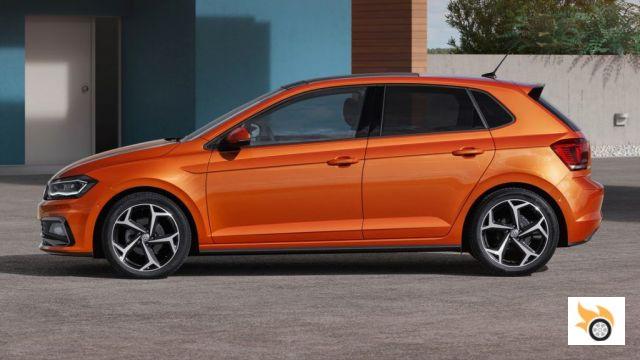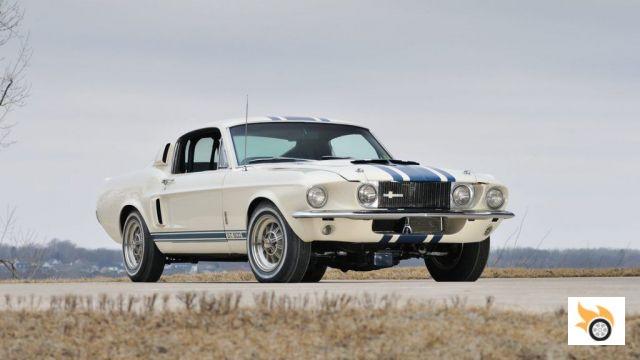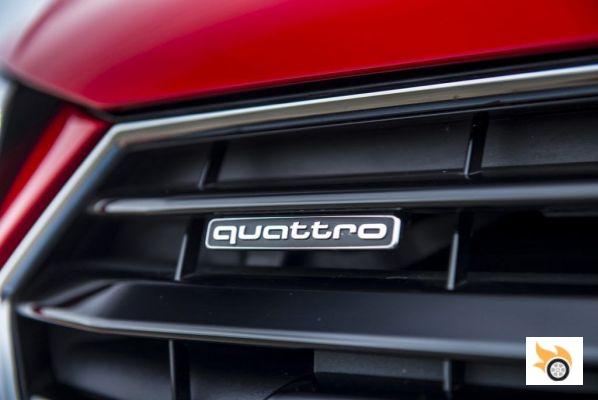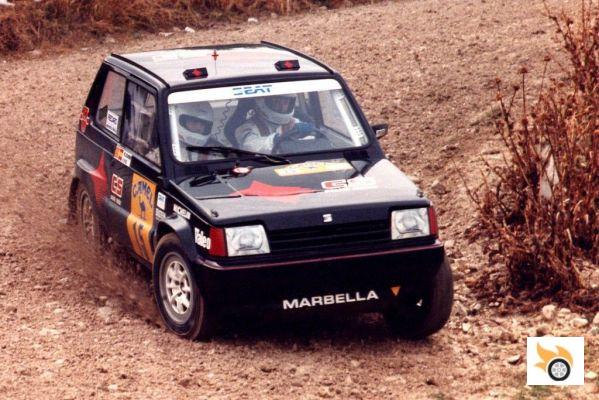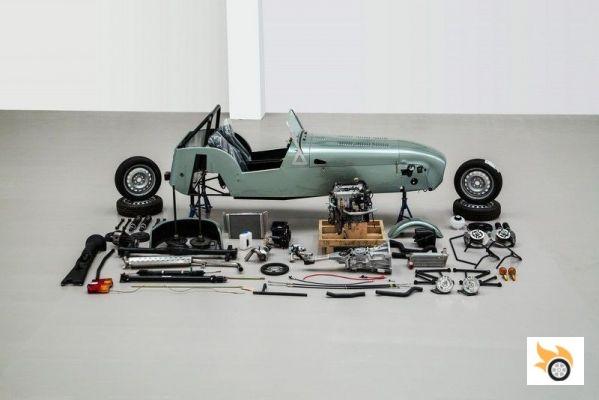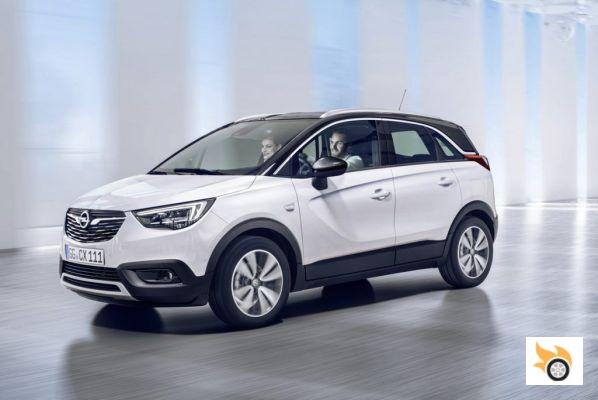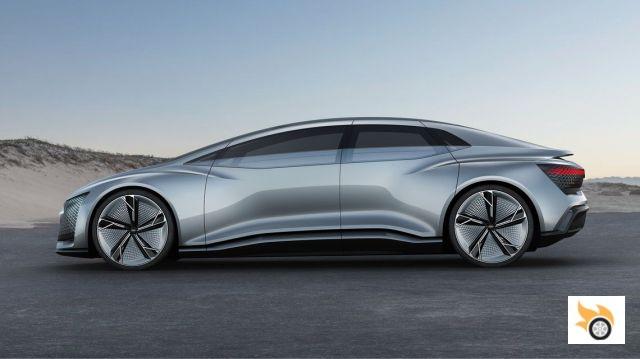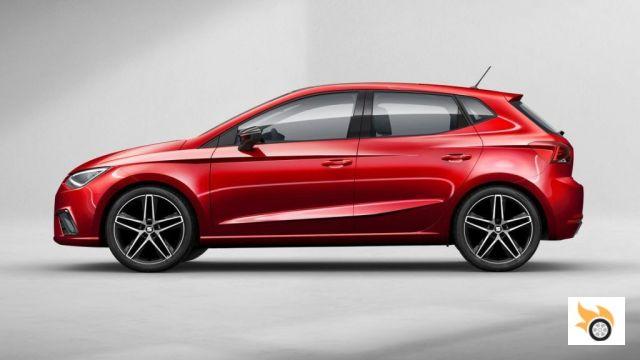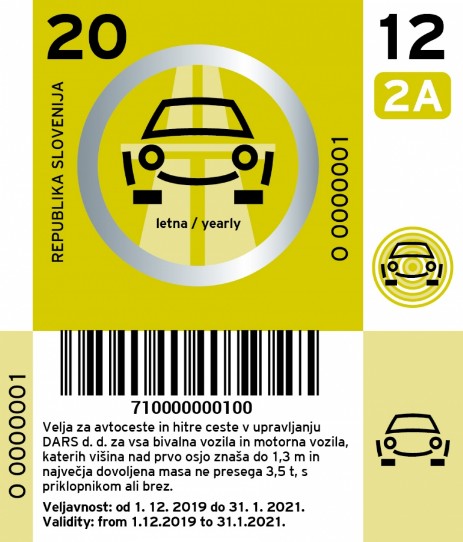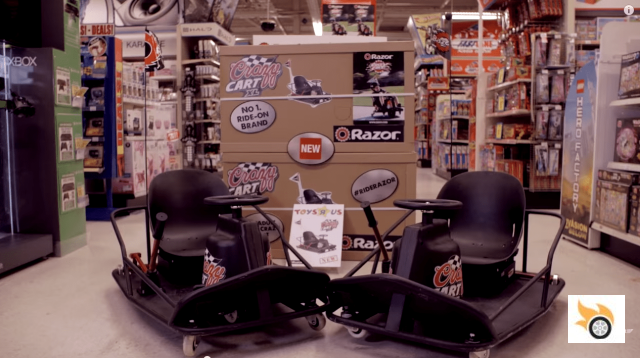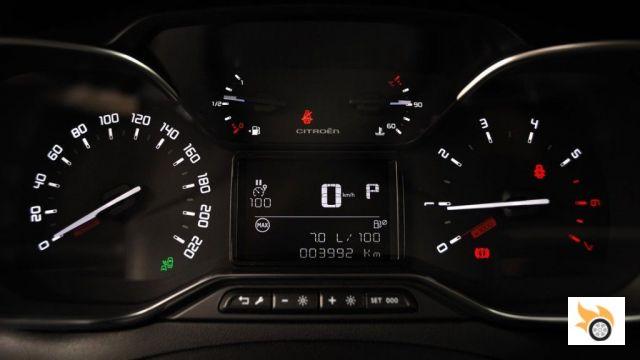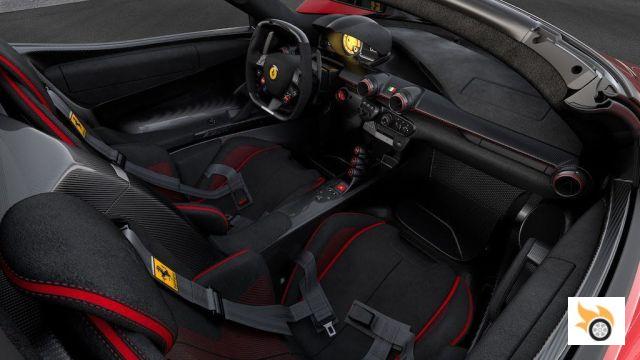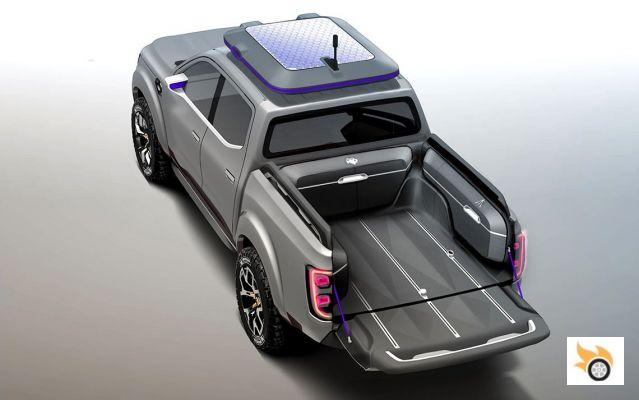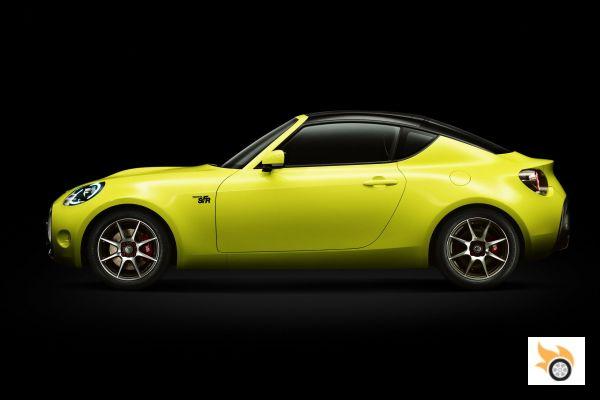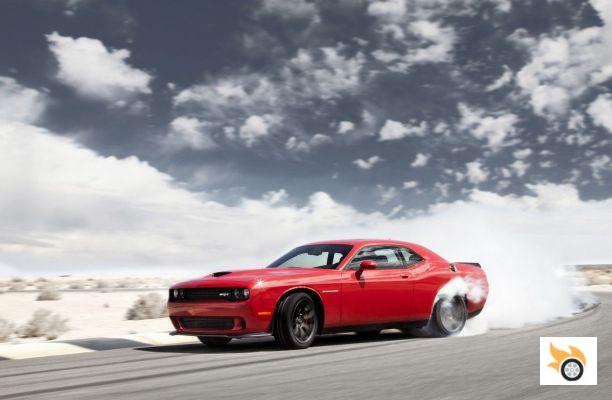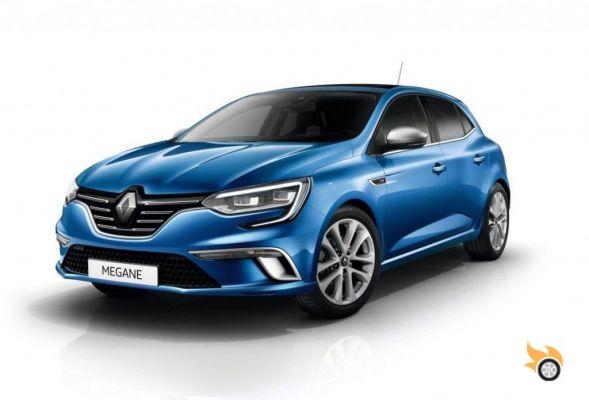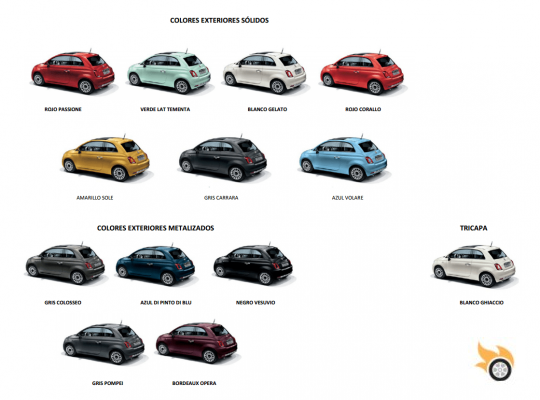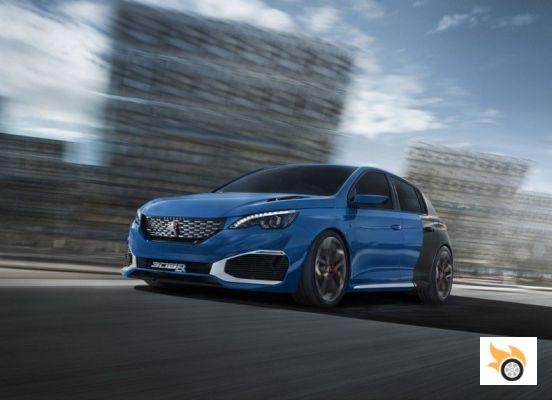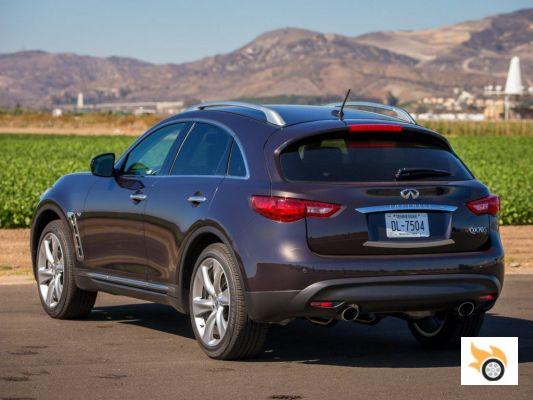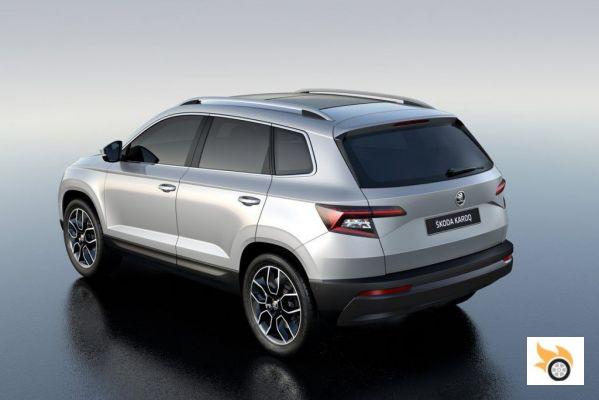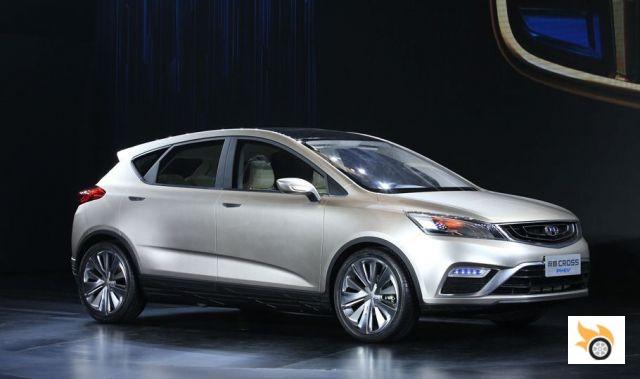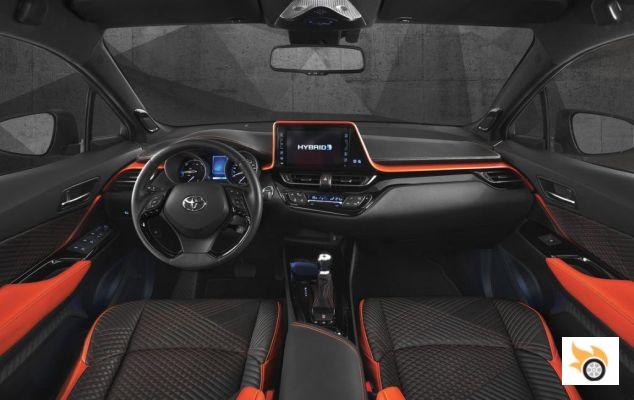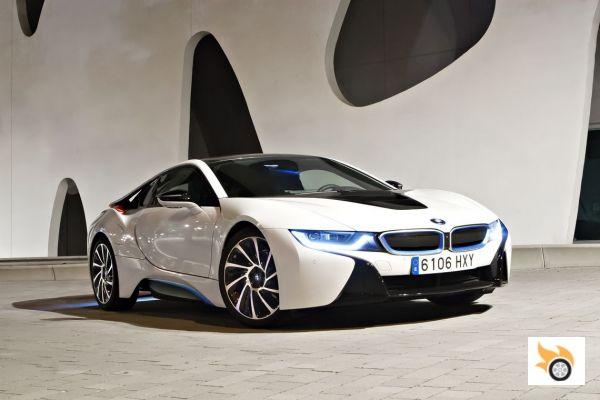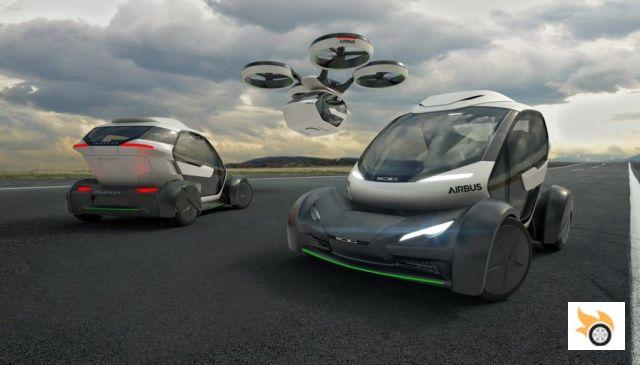
Pop.Up can help decongest big cities by physically removing vehicles from the road, or to be more precise, removing them from the roads. Pop.Up consists of three modules: ground, capsule and air. It is a multimodal transport system, and according to the press release, it will be affordable for a large part of the population, not a luxury service like a helicopter.
In the traditional approach to the automobile, the passenger compartment is solidly attached to the chassis, with all the mechanical organs to be able to circulate. Pop.Up breaks with this scheme. The two passengers travel in a capsule measuring 2,647 mm long, 1,540 mm wide and 1,415 mm high. Its carbon fiber construction allows it to weigh only 200 kg empty.
The capsule can be transported on wheels, on trains or by air using an XXL drone.
When travelling on the road, Pop.Up sits on a chassis with an unladen mass of 200 kg, 3,115 mm long, 681 mm high and 1,900 mm wide. It has two rear electric motors, 30 kW each, with which it can travel up to 130 km. It travels up to 100 km/h and can be recharged in just 15 minutes, the batteries have a very modest capacity of 15 kWh. The ground module is autonomous, like the other modules.
When it travels through the air, Pop.Up is lifted into the skies by a drone with eight electric motors (totaling 185 hp or 136 kW) driving counter-rotating blades. It is capable of travelling up to a speed of 100 km/h, and has a mass of 600 kg. If it is not moving a capsule, its range is 100 kilometres, and it can also be charged in a quarter of an hour. The batteries have a generous, but modest capacity for flying, 70 kWh.
Based on multiple factors, and using artificial intelligence, Pop.Up searches for the most efficient and economical form of transport. Part of the journey can be made by road, part by air, part in a special capsule carriage that travels on rails. For the middle class it will not be a system of daily use, but it can have a cost similar to that of a taxi for medium distances. 100 km/h may not seem much, but let's see who can cross an urban area at that speed without being thrown in jail.
Big cities, when they have less traffic than usual - like Madrid in August - are much more welcoming and pleasant to drive in. If systems like this help to decongest traffic and make everyone's commute more bearable, what harm can there be in it?
When autonomous technology matures, this system could be an everyday reality by the middle of the next decade.
As of today it is a prototype, but its commercial viability may be just around the corner. Companies operating this service will have to invest heavily in vehicles, in automated charging stations for ground and air modules and in multimodal infrastructure. In the areas where it will be implemented there will be several parts of the set available, surely no one has one of these property, and if it does, it will be only the capsule. Both the ground and air modules are 100% interchangeable.




